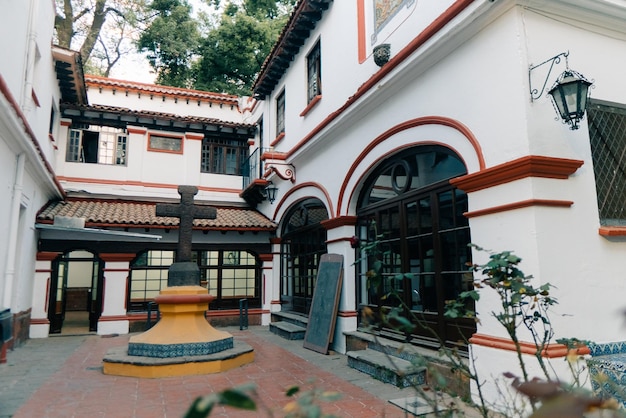
Two hundred and eleven years ago, the famous writer Victor Hugo was born in a house in Besançon, France, a place situated between Dijon and Bern. Although Hugo, known for his works like “Les Misérables” and “Notre-Dame de Paris,” only spent a few weeks there due to his father’s military duties, the building is still recognized as his birthplace. It’s one of the city’s tourist attractions.
Starting tomorrow, in line with the European Heritage Days, this historic house will open as a museum dedicated to Victor Hugo. The city has invested over €1 million in this project. On the ground floor, they’ve recreated an 18th-century pharmacy, complete with 73 authentic Faenza vessels. Upstairs, visitors can explore Hugo’s living quarters, which includes photographs, writings, and documents highlighting his political engagements.
This building has been part of France’s historical heritage since 1942, though a plaque commemorating Hugo was placed there in 1879. About twenty years later, the street in front of the house was named after him. Interestingly, the area is also the birthplace of the Lumière brothers, Auguste and Louis, who invented the cinema projector in the mid-1800s.
These layers of history have left a lasting impact on the area, featuring two hundred monuments, a UNESCO World Heritage citadel built by Vauban, Roman ruins, numerous museums, and stately mansions.
By Elsi H